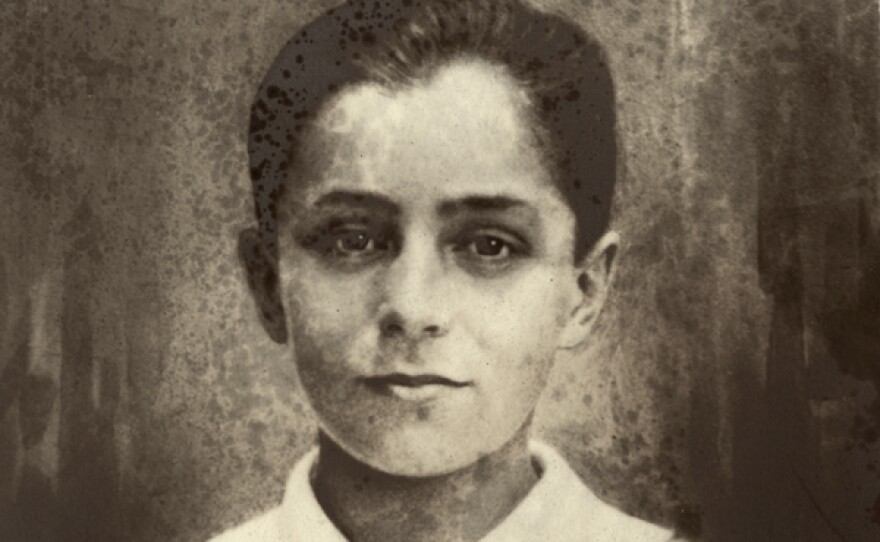In 1924, the murder of a 14-year-old boy by two wealthy college students shocked the nation. But more horrifying than the brutal killing—the boy was bludgeoned to death—was the motive. Nathan Leopold and Richard Loeb admitted they planned to abduct and kill a child at random simply for the thrill of it. Legendary defense attorney Clarence Darrow summoned experts to show that the murderers had been shaped by childhood trauma and that it was society and its barbaric death penalty that deserved to be put on trial. Set in 1920s Chicago—a city of gin joints, gangsters, and political corruption—“The Perfect Crime” tells a story that set off a national debate about morality, individual responsibility, and capital punishment. Executive produced by Mark Samels and directed by Cathleen O’Connell, “The Perfect Crime” premieres on AMERICAN EXPERIENCE on Tuesday, Feb. 9, 2016 on PBS.





Soon after a pair of eyeglasses found at the crime scene linked them to the murder, Nathan Leopold and Richard Loeb confessed to the killing. The prosecutor was convinced he had an open-and-shut case — a premeditated murder carried out in cold blood. He vowed that justice would come in the form of the death penalty. Suddenly, Leopold and Loeb were splashed across the front pages and the horror of the murder began to pale before the specter of the murderers: two arrogant young men in stylish suits, smoking cigarettes and chatting blithely with reporters about their killing of Bobby Franks.
Both scions of wealthy Jewish families, the boys had been raised in luxury and in the constant care of governesses. Loeb was dazzlingly handsome, charismatic; Leopold, the opposite. But each found in the other a foil of keen intelligence and steely nerve. They became lovers and partners in crime, escalating from small acts of vandalism to what they believed was the perfect murder.
Fueled by Nietzsche’s concept of the Übermensch, a being so exceptional that he is bound by neither law nor morality, neither had ever considered the possibility that they would be caught. Now the two supermen were behind bars and facing the death penalty.
In a desperate attempt to save their son, the Loeb family hired the country’s preeminent criminal defense attorney, Clarence Darrow, an outspoken opponent of the death penalty. Says biographer John Farrell: “It took a tremendous amount of chutzpah, but Clarence Darrow made the argument that these two very privileged sons of very wealthy families were actually victims. They were in this very sheltered life with cold families and that therefore they should be pitied rather than hated.” Darrow gathered a team of scientific experts to evaluate Leopold and Loeb. Their bodily functions were measured, intelligence tested, family histories probed. This new psychological defense transfixed the American public.
Darrow’s defense worked and Leopold and Loeb were sentenced to life in prison. The verdict would provoke outrage across the country, and accusations that the defendants had bought their way out of the hangman's noose. But Darrow had saved the lives of his clients and dealt a powerful blow to the death penalty.
“Darrow’s defense of Leopold and Loeb stands as one of the great defenses in the annals of American law,” said AMERICAN EXPERIENCE Executive Producer Mark Samels. “The trial became not about their guilt, but about whether or not they deserved to die, and Darrow convinced the jury that the death penalty was something that a civilized society should not condone. His defense is the basis of the argument against the death penalty still being played out in debates and in courtrooms across America today.”
A Desert Penguin Pictures, LLC production for AMERICAN EXPERIENCE. Past episodes are available for online viewing. AMERICAN EXPERIENCE is on Facebook, Instagram, Tumblr, and you can follow @AmExperiencePBS on Twitter.





